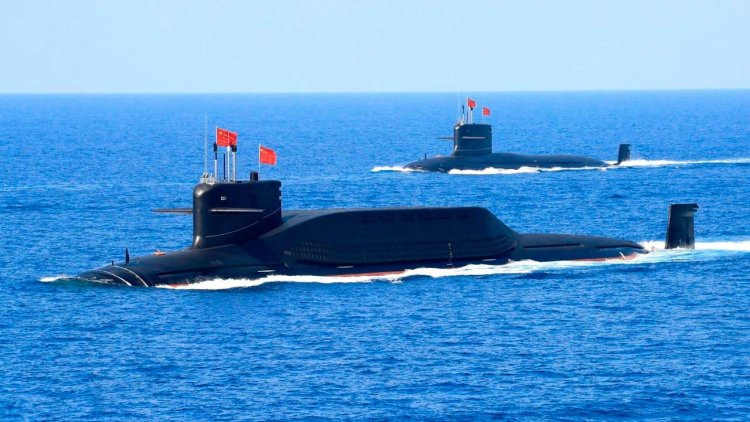Chinese scientists close in on laser propulsion for superfast, silent submarines
Scientists developing China’s next-generation nuclear submarine technology say they have found a way to significantly improve the efficiency of the laser propellers that could one day drive the underwater vessels.

The researchers said the new technology can produce nearly 70,000 newtons of thrust – almost the force of a commercial jet engine – using 2 megawatts of laser power emitted through the submarine’s coating of optical fibres, each thinner than a human hair – an efficiency previously thought impossible to achieve.
The laser pulses not only generate thrust but also vaporise seawater, creating bubbles all over the submarine’s surface in a phenomenon known as “supercavitation” which can significantly reduce water resistance.
Theoretically, the development could allow a submarine to travel faster than the speed of sound without producing the mechanical noise vibration that usually gives away its location, according to the researchers.
This science fiction-like technology – called “underwater fibre laser-induced plasma detonation wave propulsion” – could have “broad application prospects in areas such as stealth propulsion for submarines”, they said.
The project team is led by Ge Yang, associate professor with the school of mechanical and electronic engineering at Harbin Engineering University in Heilongjiang province, where China’s first submarine was developed.
The leap in technological progress of the PLA Navy’s weaponry and equipment in recent years is closely related to this vast institution, based in northeastern China’s heavy industrial manufacturing centre.
The US government has imposed severe sanctions and blockades on the university’s more than 30,000 students and scientists.
According to a peer-reviewed paper by Ge’s team, published in the Chinese academic journal Acta Optica Sinica last month, the technology pulses a large number of high-powered laser beams around the submarine from various angles.
“This method can also be applied to underwater weapons, causing a supercavitation phenomenon, thereby significantly increasing the underwater range of projectiles, underwater missiles, or torpedoes,” Ge and his colleagues said.
Source: South China Morning Post


























